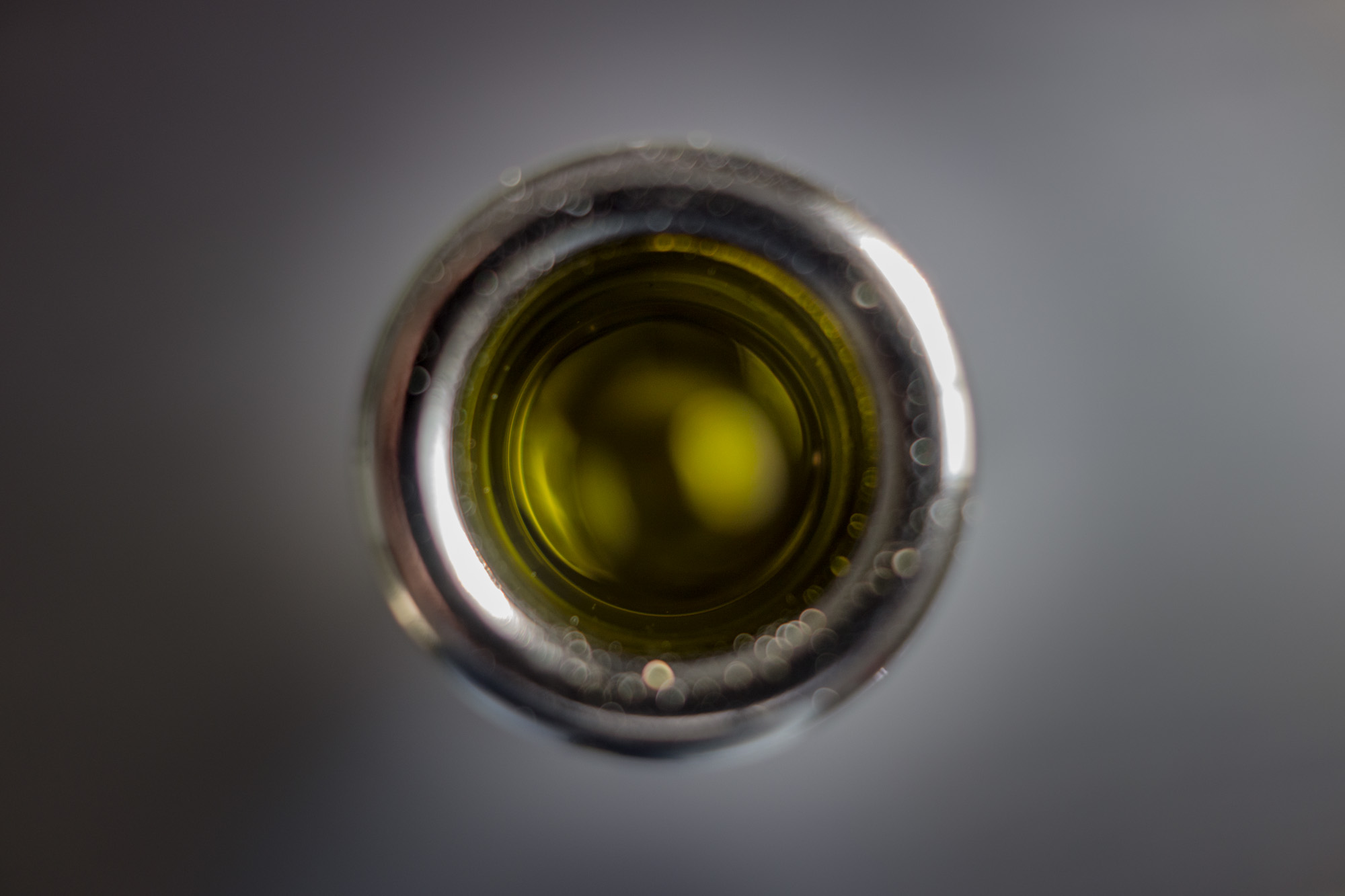Reinhold Haart, Ohligsberger Riesling GG, 2010
As some of you may be aware, there has recently been a bit of noise about dry German Riesling. A well respected importer and Riesling fan referred to the dry German wines as "a highly invasive species", much to the dislike of some. I am not planning to enter that debate directly, at least not right now. However, I had a little craving for an invasive species the other night...

...so here it is, a short review of a dry German Riesling, and from the region that wine lovers across the world associate most with sweet: the Mosel.
Before we get into the wine let me put some fears to rest: I don't want to say the Mosel should turn all dry. This is also not what the winemaker says. It just so happens that the Haart family from the lovely Mosel village of Piesport dedicate a small quantity of their grapes to making dry wine, and they have been doing so for quite a while - and, as far as I am concerned, with a lot of success. The wine you see pictured here (well, sort of: I have photographed the label often enough, so I went for a different perspective this time) comes from the Ohligsberg vineyard and is classified as the top dry wine from this site ("GG" means "Großes Gewächs", literally "great growth"). As much as I love the fabulous sweet Haart wines from the Goldtröpfchen vineyard I often find the dry Riesling from the Ohligsberg more exciting than the dry ones from the Goldtröpfchen.
And the 2010 Ohligsberg, despite perhaps being still a little young, has not let me down. It features a lovely bouquet of complexity and character that blends earthy mineral with stonefruit and herbs - think sage and peach with caramel and lime coating and just a hint of petrol spice. Below these aromas lives a wine that nicely balances a sharp freshness with just a little bit of residual sugar; mineral, zing from fresh acidity, sage and a touch of vegetable, juicy (but very precise) fruit and a long peach and lime finish with an almost salty minerality. This is a wine of elegance but also enough substance that I am sure it will drink nicely for quite a few years to come. My tasting notes finish with the summary: "cool sage steel in a scabbard of fruit".
Not sure if this is a way to describe an "invasive species", although perhaps this comment only referred to the absolutely bone dry German Rieslings. Thankfully, I don't have to comment on this issue right now, so let me just say: invasive or not, this is an excellent Riesling.
